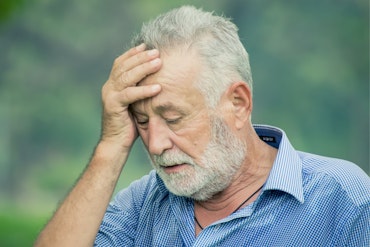Worldwide differences in standard of care for osteoporosis
In a first-of-its-kind study on osteoporosis, one in four women surveyed from Europe, North America, and Australia reported having one or more bone fractures since the age of 45 years.
Among women considered to be at high risk for a fracture, only 26% reported use of bone-saving drugs, with use reported significantly more frequently in Australia.
Identifying important regional differences is just one aim of a landmark study, the Global Longitudinal Registry of Osteoporosis in Women (GLOW), which will monitor the health of over 60,000 older women (more than or equal to 55 yrs) worldwide for five years. Baseline results were presented at the 35th European Symposium on Calcified Tissues.
For women enrolled in GLOW, fractures after the age of 45 were more prevalent in Europe than in the United States, Canada and Australia. For hip fracture specifically, a prior hip fracture was reported more frequently by women in Europe (2.1%) than by women in the United States (1.7%) or in Canada/Australia (1.4%).
These potential differences will be further explored in follow-up years of the study.
“We need to understand the cause for the regional differences we observe in fracture prevalence,” said Dr Robert Lindsay, Professor of Clinical Medicine at Columbia University and GLOW executive committee co-chair.
“One aim of GLOW is to learn from those countries who are having the greatest success at preventing fractures and to recommend best practices that will improve the bone health and lives of millions of patients around the world.”
Among women considered to be at high risk of fracture, only 20% of European women were taking a bone medication versus 30% of North American/Australian women.
“Despite reliable screening methods and multiple therapeutic options being available, osteoporosis remains largely under-diagnosed and under-treated,” said Professor Pierre Delmas, Professor of medicine and rheumatology at University of Lyon, France, and GLOW executive committee co-chair.
“Without some improvements, the burden of fractures on our families and on our healthcare systems will only grow with the ageing population.”






















